Introduction
Both options offer unique benefits and aesthetics, but navigating the myriad of deck building materials or types of paving stones can be daunting. Fear not! By understanding your options, you’ll be better equipped to make a choice that suits your style and needs.
The Great Outdoor Dilemma
The great outdoor dilemma often leads homeowners to weigh the pros and cons of decking vs paving. Should you opt for a wood patio deck that brings warmth and natural beauty, or are you leaning more towards durable deck pavers that provide robust functionality? Each choice has its merits, making it essential to consider what resonates with your vision for outdoor living.
Understanding Your Options
In this world of outdoor design, understanding your options is key to achieving the perfect ambiance in your garden or backyard. When exploring patio decking material, you might find yourself enchanted by the charm of wood decking patios or intrigued by the low-maintenance allure of patio composite decking. Whether it's classic elegance or modern convenience you're after, knowing what’s available will help clarify which path to take.
Making the Right Choice
Making the right choice requires careful consideration beyond mere aesthetics; think about cost, maintenance, and durability too! Will a wood patio deck withstand the test of time in your climate? Or will investing in deck pavers prove more beneficial in terms of longevity? The answers to these questions will guide you towards an outdoor solution that not only looks good but stands strong against nature's elements as well.
Overview of Paving Options
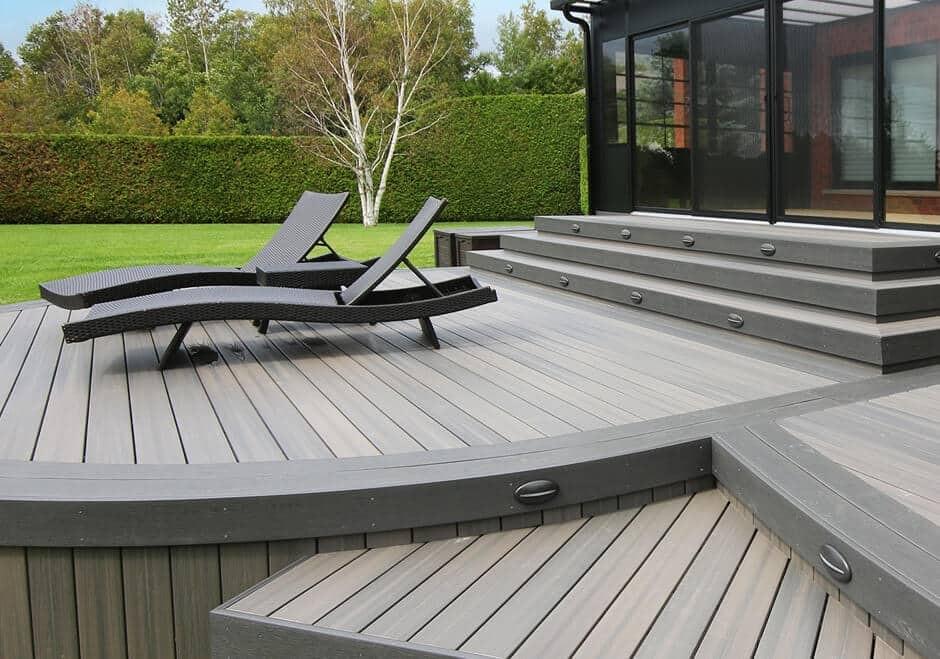
Whether you're torn between decking vs paving or simply looking to elevate your outdoor aesthetics, understanding the nuances of paving stones is essential. Let’s dive into the various types of paving stones available, their benefits, and some popular design ideas that could inspire your next project.
Types of Paving Stones
Paving stones come in a variety of materials and styles, each offering unique characteristics that cater to different tastes and needs. Natural stone options like granite, slate, and limestone bring an organic feel to any garden while providing durability against the elements. Alternatively, concrete pavers offer versatility in design with countless shapes and colors—perfect for those looking for a custom look without breaking the bank.
For those who prefer a more uniform appearance, patio composite decking can mimic natural stone while being lighter and easier to install. Additionally, brick pavers add classic charm with their warm hues and traditional patterns that can enhance any outdoor living space. No matter which type you choose, deck pavers can complement your landscaping beautifully while providing a solid foundation for gatherings or relaxation.
Benefits of Paving Your Garden
Investing in paving not only enhances the aesthetic appeal of your outdoor area but also offers practical benefits that shouldn't be overlooked. For starters, paved surfaces are easier to maintain than grassy areas; they help reduce mud during rainy seasons and eliminate the need for constant mowing or watering—something every homeowner can appreciate! Furthermore, quality paving materials provide excellent drainage solutions that prevent water pooling around your home.
Another significant advantage is durability; when comparing decking vs paving in terms of longevity, well-installed pavers can outlast many wood decking patios if properly cared for. They resist fading from UV rays and withstand harsh weather conditions better than other materials might allow. Plus, with various designs available—from intricate patterns to simple layouts—you'll find that paved gardens can be tailored to fit any personal style seamlessly.
Popular Design Ideas
Incorporating paving into your garden opens up a world of design possibilities that can make even the smallest spaces feel grander! One popular idea is creating winding pathways using contrasting colors or textures—think dark slate pavers paired with light-colored gravel—to guide visitors through lush flower beds or vegetable patches.
Another trend gaining traction involves integrating seating areas directly into paved spaces; imagine a cozy nook surrounded by decorative stone walls where you can unwind after a long day! Additionally, combining different types of patio decking material—like integrating wood accents within stone pathways—can provide visual interest while maintaining functionality throughout your outdoor space.
Exploring Decking Materials
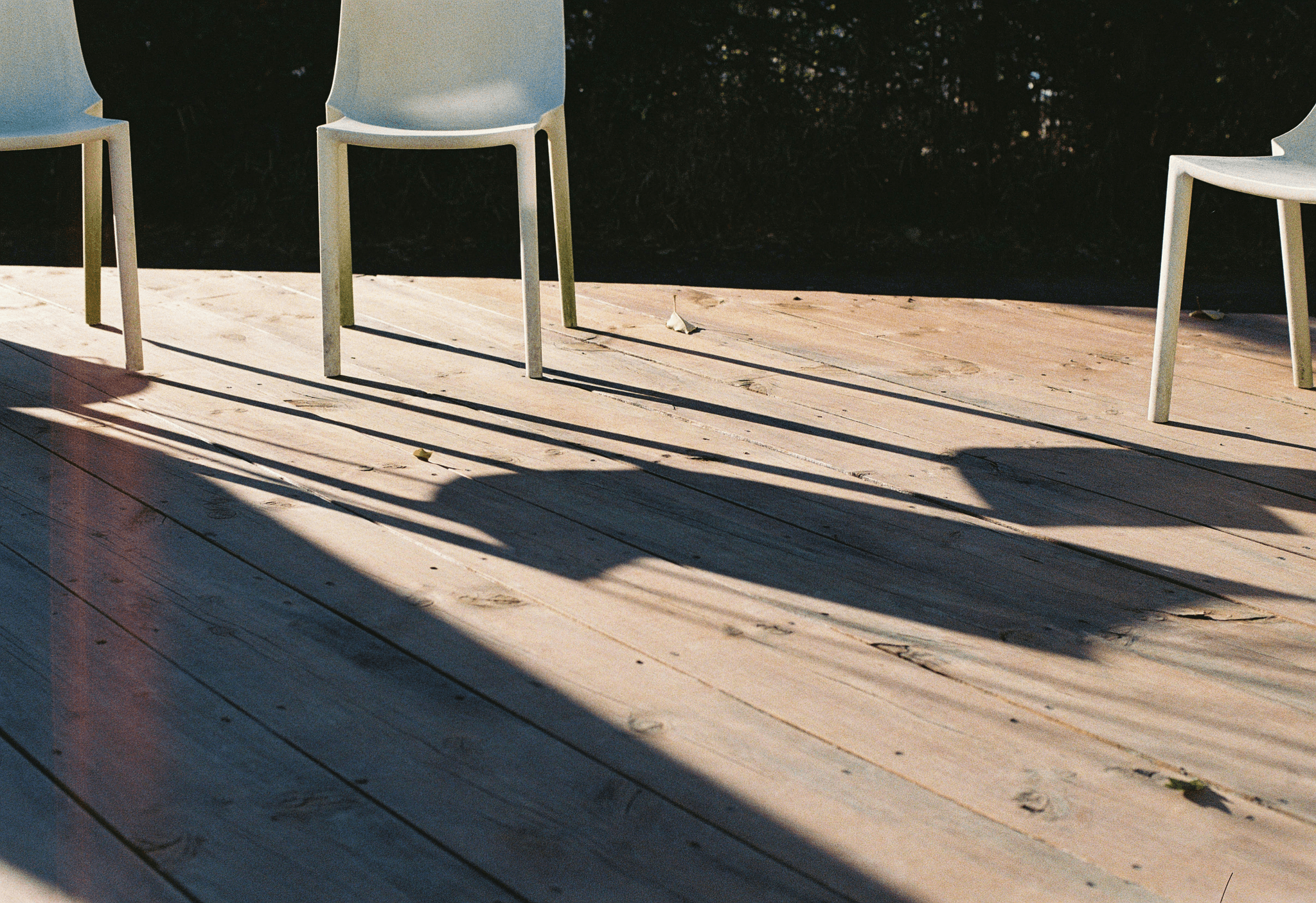
Whether you’re leaning towards a classic wood patio deck or considering modern patio composite decking, each option has its unique charm and functionality. This section will delve into the various decking materials available, helping you navigate the exciting world of outdoor design.
Overview of Deck Building Materials
Deck building materials come in a variety of forms, each offering distinct advantages depending on your style and budget. The most common choices include traditional wood, composite options that mimic wood's appearance, and even innovative alternatives like PVC. Understanding these materials is crucial when deciding between decking vs paving for your outdoor oasis; after all, each material will influence not just aesthetics but also durability and maintenance needs.
Benefits of Wood Decking Patios
Wood decking patios have long been favored for their natural beauty and warmth, providing an inviting atmosphere for gatherings or quiet evenings under the stars. One significant advantage is that wood is highly customizable; you can stain or paint it to match your home’s exterior or personal taste. Additionally, a well-maintained wood patio deck can last for decades, making it a worthwhile investment in both comfort and style.
Comparing Composite Decking to Wood
When comparing composite decking to wood, several factors come into play that could sway your decision in the great decking vs paving debate. While traditional wood offers unmatched beauty and customization options, composite decking boasts low maintenance requirements and impressive durability against weather elements—no more yearly staining! Furthermore, many composite options are made from recycled materials, providing an eco-friendly alternative that doesn’t compromise on style or function in your outdoor living space.
Decking vs Paving: Cost Analysis
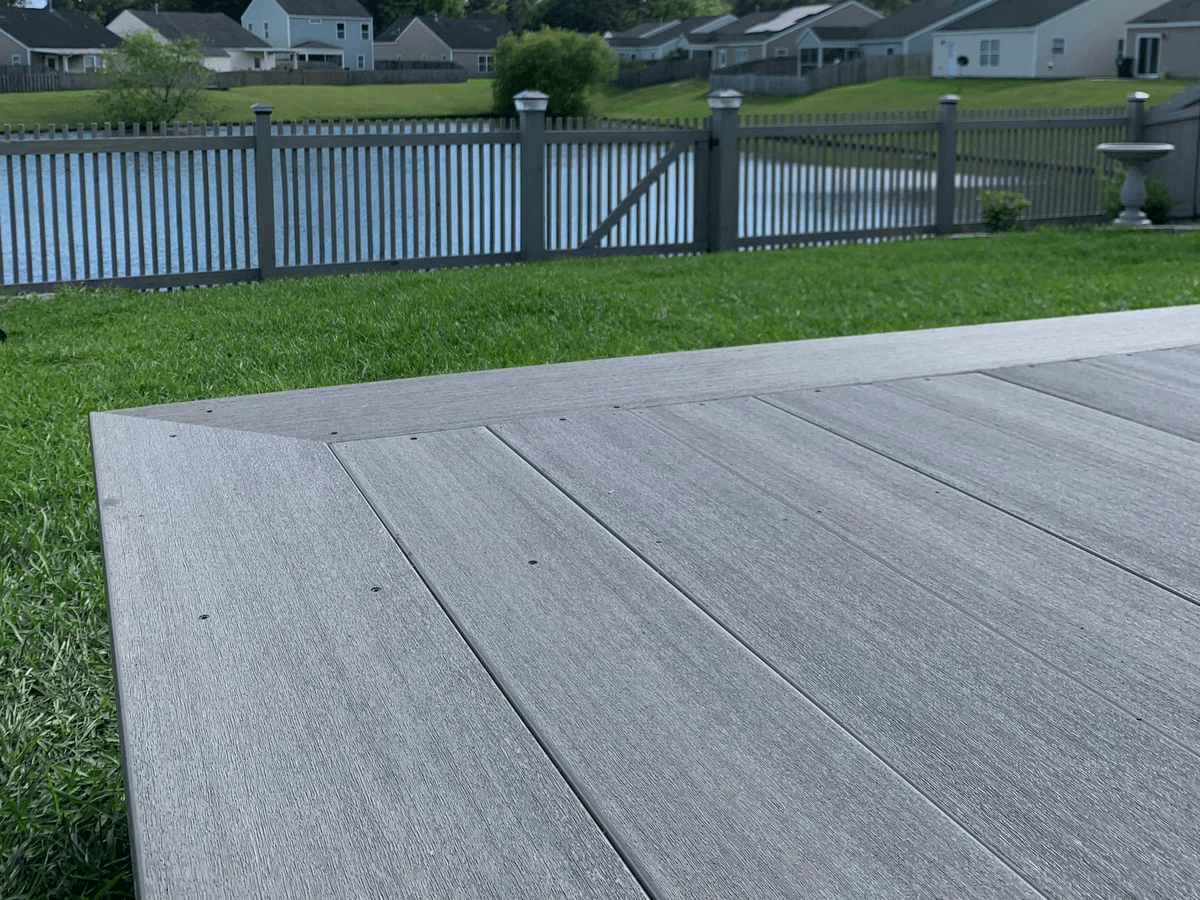
Both options have their merits and drawbacks, but understanding the financial implications can help you make an informed choice. From initial installation costs to long-term upkeep, let’s dive into the numbers behind deck building materials and patio options.
Initial Costs of Decking and Paving
The initial costs of decking and paving can vary significantly based on the materials you choose. For instance, a wood patio deck typically has a lower upfront cost compared to high-end stone pavers or composite decking options. However, while wood decking may seem budget-friendly at first glance, remember that quality deck pavers or premium patio composite decking could offer better durability, potentially saving you money in the long run.
When comparing prices, consider not only the material but also labor costs associated with installation. If you're opting for a DIY approach for your wood decking patio or paving project, you might save some cash upfront; however, professional installation often guarantees a more polished finish and longevity that could be worth the extra expense. So whether you're leaning towards a sleek deck or an elegant paved area, keep those initial costs in mind as part of your overall budget.
Long-Term Maintenance Expenses
Once your outdoor space is installed, it's essential to factor in long-term maintenance expenses when weighing decking vs paving options. Wood patios require regular maintenance such as sealing and staining to protect against weathering and rot—this can add up over time! In contrast, while paving stones are generally lower maintenance than wood decks, they may still require occasional cleaning and replacement if any stones become damaged.
Composite decking presents another interesting angle in this cost analysis; it typically requires minimal maintenance compared to traditional wood materials due to its resistance to fading and splintering. Therefore, if you’re looking for something that stands the test of time without constant upkeep headaches, investing in quality patio composite decking might be your best bet. Ultimately, understanding these ongoing costs will play a crucial role in determining which option aligns best with your lifestyle.
Value Addition to Your Property
Now let’s talk about value addition—an important consideration when deciding between decking vs paving for your home’s exterior appeal! Both options can enhance curb appeal significantly; however, certain materials tend to provide better returns on investment than others over time. A well-constructed wood patio deck can attract potential buyers who appreciate outdoor entertaining spaces while also providing comfort during those summer BBQs.
Aesthetic Appeal: Decking or Paving?
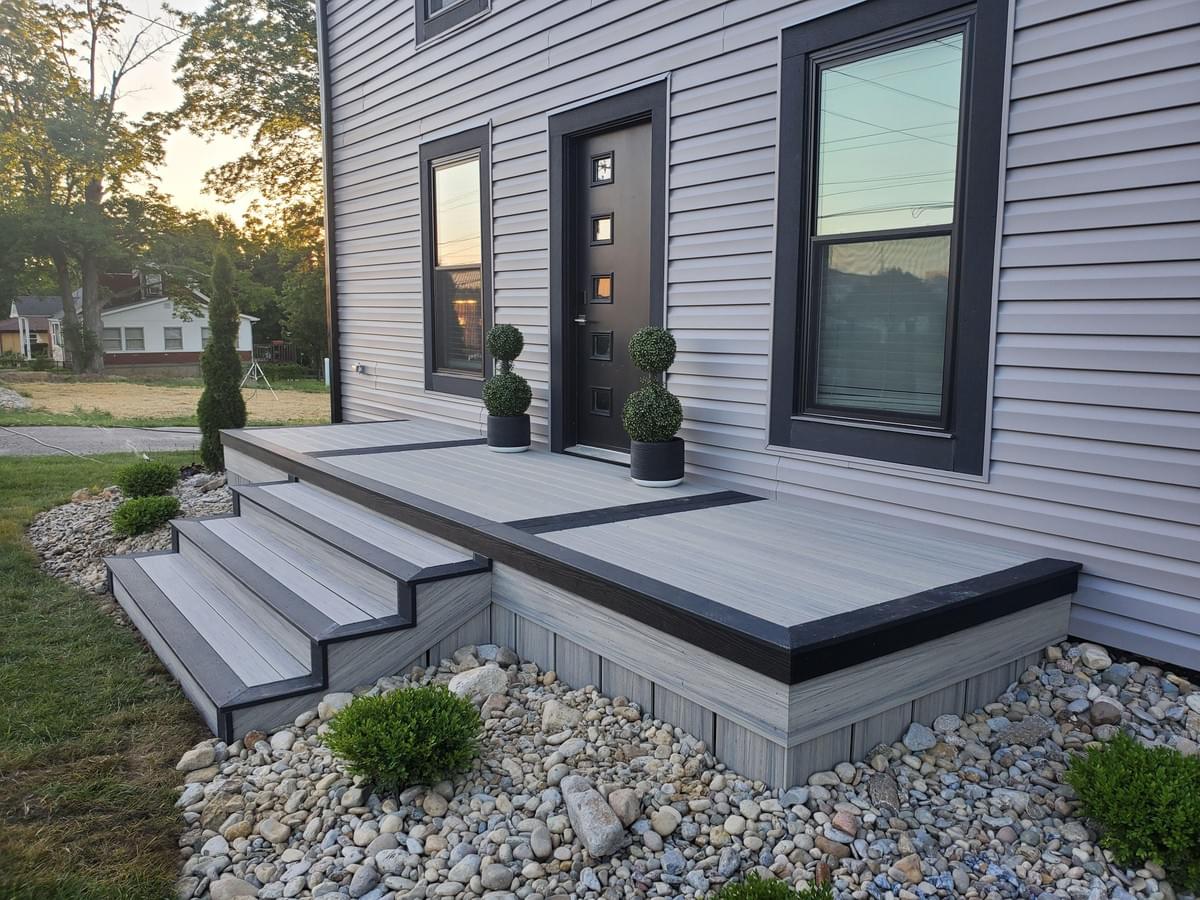
Choosing Between Styles and Finishes
The variety in styles and finishes available for both decking and paving materials is staggering, allowing homeowners to tailor their outdoor spaces to reflect personal taste. For instance, wood decking patios exude warmth and natural beauty, while contemporary patio composite decking provides a more modern touch with its clean lines and vibrant colors. When comparing decking vs paving, consider how each material complements your home’s architecture; traditional homes may benefit from rustic stone pavers, while sleek modern builds might shine with smooth composite surfaces.
Finishes also play a crucial role in defining the overall aesthetic. Glossy finishes on wood can create an elegant look but may require more upkeep, whereas matte textures on paving stones offer durability without sacrificing style. Ultimately, choosing between styles and finishes boils down to balancing personal preferences with practical considerations.
How Deck Pavers Enhance Outdoor Spaces
Deck pavers are not just functional; they are an artistic element that can dramatically enhance outdoor spaces. Their versatility allows for endless design possibilities—from intricate patterns to bold color combinations—that can transform any garden into a stunning retreat. One of the significant advantages of using deck pavers is their ability to blend seamlessly with landscaping elements like flower beds or water features.
Moreover, deck pavers are highly customizable; you can mix different shapes and sizes to create unique layouts that reflect your personality. This adaptability makes them an excellent choice for those who want their outdoor area to stand out in terms of both functionality and style compared to traditional wood patio decks. With proper installation, these pavers provide not only beauty but also long-lasting durability—an essential factor when weighing decking vs paving options.
The Role of Texture in Design
Texture plays a pivotal role in establishing the overall ambiance of your outdoor space—whether you opt for decking or paving materials. The grainy feel of wood decking patios adds warmth and invites relaxation while offering an organic connection with nature that many homeowners cherish. On the flip side, textured surfaces found in various types of deck pavers add depth and interest that can elevate even simple designs into eye-catching statements.
In addition to aesthetics, texture also impacts safety; slip-resistant surfaces are essential for wet conditions around pools or during rainy weather when considering patio composite decking versus smoother alternatives like polished stone tiles. Incorporating varying textures creates visual layers that keep your outdoor area engaging year-round—ensuring it remains inviting whether you're hosting summer barbecues or cozy winter gatherings by fire pits. Ultimately, embracing texture is about crafting an atmosphere that resonates with comfort while maintaining style throughout every season.
Environmental Considerations
The choice between decking vs paving can have a significant impact on the planet, making it essential to explore eco-friendly options. Understanding the sustainable choices available can help you create an outdoor haven that aligns with your values.
Eco-Friendly Decking Options
If you're leaning towards a wood patio deck or any type of decking, there are plenty of eco-friendly materials to consider. Sustainable wood sources, like bamboo or reclaimed timber, offer durability while minimizing environmental impact. Additionally, some modern deck building materials incorporate recycled plastics and composites, providing a stylish yet responsible choice for your outdoor area.
Opting for patio composite decking is another way to go green without sacrificing aesthetics or functionality. These materials often consist of recycled wood fibers and plastic, resulting in a product that is both durable and environmentally friendly. Plus, they require less maintenance than traditional wood decking patios, reducing the need for harmful chemicals and treatments.
Sustainable Choices in Paving
When exploring paving options for your garden or patio, sustainability should also be on your radar. Natural stone pavers are an excellent choice as they come from renewable sources and have minimal processing compared to other materials. Moreover, permeable paving stones allow rainwater to drain through them, reducing runoff and promoting groundwater recharge—an essential aspect of sustainable landscaping.
Another eco-friendly alternative is using recycled concrete or brick as paving stones; these not only reduce waste but also add character to your outdoor space. By choosing sustainable paving options, you contribute positively to the environment while enhancing the beauty of your garden with unique textures and colors.
Composite Decking Inc’s Commitment to Sustainability
Composite Decking Inc stands out in its commitment to sustainability by offering high-quality patio composite decking made from recycled materials. Their innovative approach not only minimizes waste but also ensures that homeowners can enjoy beautiful outdoor spaces without compromising their ecological values. With products designed specifically for durability and low maintenance needs, Composite Decking Inc proves that style doesn't have to come at the expense of our planet.
By choosing their eco-conscious deck building materials over traditional options in the ongoing debate of decking vs paving, you’re making a statement about responsible living while enjoying your wood decking patio or deck pavers alike! Whether you opt for their products or similar alternatives in sustainable landscaping solutions, you'll be contributing positively toward preserving our environment while still achieving that dream outdoor aesthetic.
Conclusion
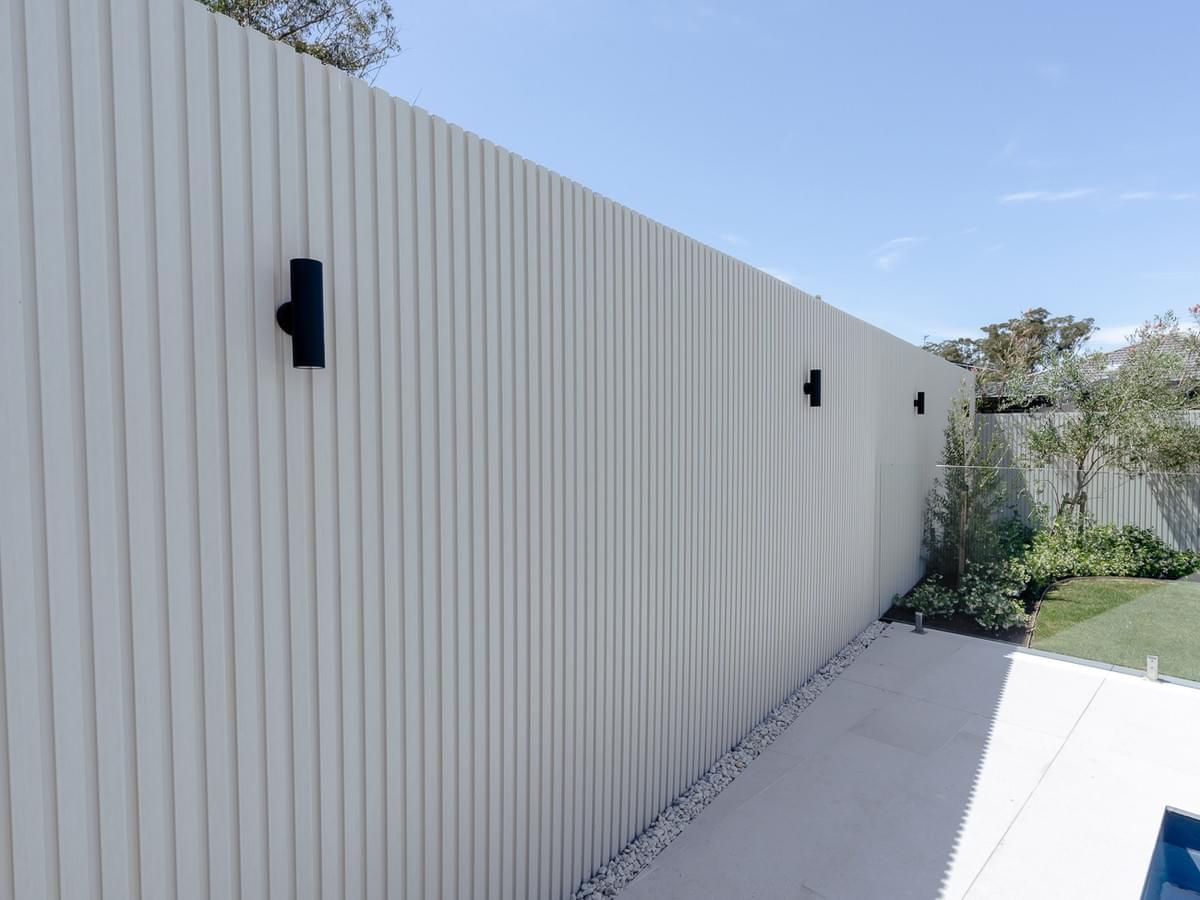
Both options have their merits, but they cater to different needs and styles. Wood decking patios can offer a warm, inviting feel, while deck pavers provide a robust surface that withstands the elements.
Which is More Durable: Decking or Paving?
In terms of durability, paving stones generally take the crown over traditional wood decking materials. While a well-maintained wood patio deck can last for years, it’s susceptible to weathering and rot if not properly cared for. On the other hand, patio composite decking offers impressive longevity and resistance to fading or cracking, making it an attractive alternative for those prioritizing durability.
Key Factors in Your Decision
Choosing between decking and paving involves weighing several key factors beyond just aesthetics. Consider your local climate; if you experience heavy rainfall or extreme temperatures, opting for sturdy deck pavers may be wise due to their resilience against wear and tear. Additionally, think about maintenance—wood decking requires regular sealing and staining while many paving materials are relatively low-maintenance.
Final Thoughts on Your Outdoor Space
Ultimately, your choice between decking vs paving should reflect your lifestyle and personal preferences. Whether you're leaning towards a cozy wood patio deck or the sleek finish of patio composite decking, both options can enhance your outdoor living experience significantly. With thoughtful consideration of durability, maintenance needs, and aesthetic appeal in mind, you’re sure to create an outdoor space that you’ll love for years to come.
